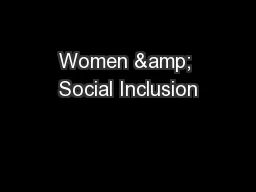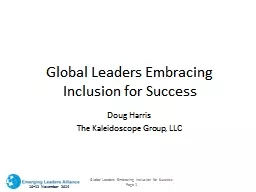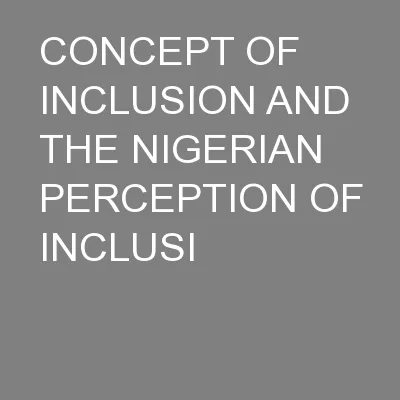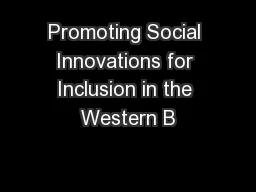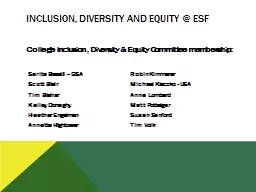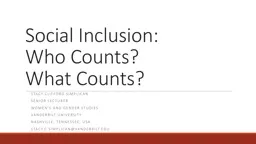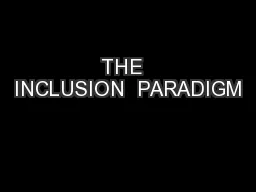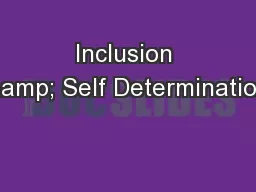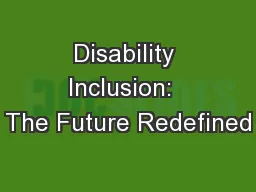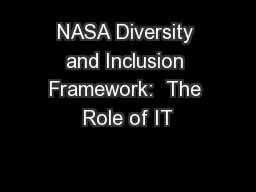PPT-Women & Social Inclusion
Author : alida-meadow | Published Date : 2018-12-21
Post2015 Sustainable Development Goals Sascha Gabizon WECF International Womens Major Group Sustainable Development Goals result from other UN process Rio 20 Universal
Presentation Embed Code
Download Presentation
Download Presentation The PPT/PDF document "Women & Social Inclusion" is the property of its rightful owner. Permission is granted to download and print the materials on this website for personal, non-commercial use only, and to display it on your personal computer provided you do not modify the materials and that you retain all copyright notices contained in the materials. By downloading content from our website, you accept the terms of this agreement.
Women & Social Inclusion: Transcript
Download Rules Of Document
"Women & Social Inclusion"The content belongs to its owner. You may download and print it for personal use, without modification, and keep all copyright notices. By downloading, you agree to these terms.
Related Documents

